However, AI is also posing difficulties and challenges, requiring fundamental solutions to soon become a more effective tool for scientists .
In archaeological research, traditional methods of excavation and analysis of artifacts often encounter many difficulties, especially with large-scale sites and artifacts that are easily damaged. To study and restore relics and antiquities, researchers often spend a lot of time and effort.
In many cases, rare antiques are still overlooked, easily causing confusion in the process of evaluation and analysis by scientists. The appearance of AI with its superior and outstanding features has brought about many spectacular changes, helping the process of research, analysis and evaluation of scientists become faster and more accurate.
In the world , the application of AI in archaeological research is very popular. Most recently, AI has helped archaeologists discover 60,000 previously unknown archaeological sites of the ancient Maya civilization in the jungle area north of Peten, Guatemala.
Using large-scale laser scanning technology, people have discovered a system of palaces, houses, roads, agricultural irrigation canals, and defensive fortresses deep underground covering an area of 2,100 square kilometers. This discovery is so important that archaeologists say it may be necessary to rewrite human history.
AI is capable of processing large amounts of data accumulated over decades of research, and through computer vision can analyze images to accurately map sites containing artifacts. Automatic scanning applications of 3D models and virtual reality help create accurate digital copies, increasing accessibility and exploration for scientists.
In conservation work, AI algorithms can identify damage and develop restoration plans for deteriorating artifacts and structures. AI helps identify and detect patterns to serve as a basis for artifact conservation experts. Sensors and data analysis provided by AI help detect potential risks from environmental factors or physical impacts from humans, visitors, etc.
Vietnamese archaeologists have also approached and applied AI. The Institute of Archaeology has applied 3D technology in research topics of the Stone Age, in anthropological research of skull samples to analyze differences in appearance...
Previously, archaeologists used LIDAR technology, a method using lasers to scan and create research maps, analyze the Co Loa citadel area (Hanoi) and discovered 220 potential targets at different levels.
Based on the analysis results, the researchers conducted exploratory drills and inspection trenches, discovered burnt charcoal, some pieces of Co Loa tiles, and collected evidence of three ancient tombs. This is an important basis for archaeologists to research, explain, and analyze the structure of Co Loa citadel.
However, AI is posing many challenges to scientists. At the workshop “Application of artificial intelligence (AI): Opportunities and challenges for social science research in Vietnam today”, Dr. Ha Van Can (Institute of Archaeology) said: “Processing and training AI on 3D archaeological data is still very difficult and requires a lot of resources.
Meanwhile, archaeological projects often do not have enough funding to invest in strong technology infrastructure. Archaeologists today face major challenges in data processing capabilities, transparency, technology costs, and the need for technical human resources to make the most of AI applications.
Archaeology is a highly interdisciplinary science that requires a deep understanding of cultural, historical and social contexts. These are factors that no matter how modern technology or machinery is, it is difficult to replace. Experts are concerned about transparency and ethical bias when using AI in data processing and archaeological research.
These factors need to be considered to propose fundamental solutions, guiding the responsible and sustainable use of AI in archaeological research. AI should be seen as a powerful complementary tool for professionals to improve research efficiency, not a replacement for the role of scientists in a complex field such as archaeology.
Source: https://nhandan.vn/ung-dung-ai-nang-cao-hieu-qua-nghien-cuu-khao-co-hoc-post884370.html




![[Photo] 60th Anniversary of the Founding of the Vietnam Association of Photographic Artists](/_next/image?url=https%3A%2F%2Fvphoto.vietnam.vn%2Fthumb%2F1200x675%2Fvietnam%2Fresource%2FIMAGE%2F2025%2F12%2F05%2F1764935864512_a1-bnd-0841-9740-jpg.webp&w=3840&q=75)
![[Photo] National Assembly Chairman Tran Thanh Man attends the VinFuture 2025 Award Ceremony](/_next/image?url=https%3A%2F%2Fvphoto.vietnam.vn%2Fthumb%2F1200x675%2Fvietnam%2Fresource%2FIMAGE%2F2025%2F12%2F05%2F1764951162416_2628509768338816493-6995-jpg.webp&w=3840&q=75)


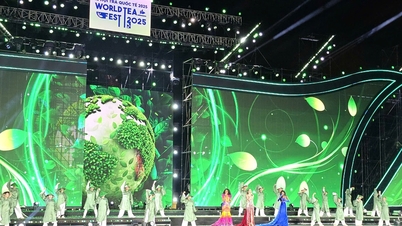

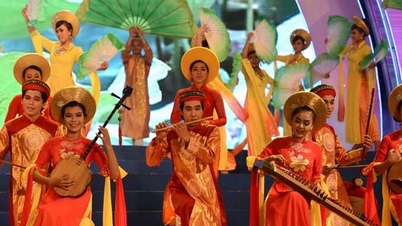



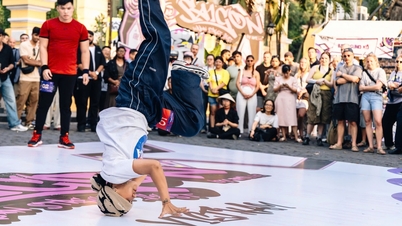








![[Photo] National Assembly Chairman Tran Thanh Man attends the VinFuture 2025 Award Ceremony](https://vphoto.vietnam.vn/thumb/402x226/vietnam/resource/IMAGE/2025/12/05/1764951162416_2628509768338816493-6995-jpg.webp)
![[Infographic] Air pollution and recommendations from the Ministry of Health](https://vphoto.vietnam.vn/thumb/402x226/vietnam/resource/IMAGE/2025/12/05/1764950568593_screen-shot-2025-12-05-at-222015-png.webp)






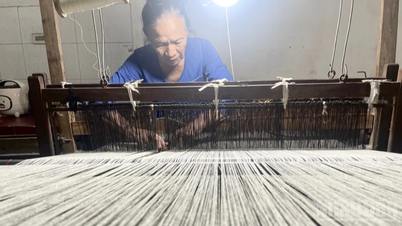
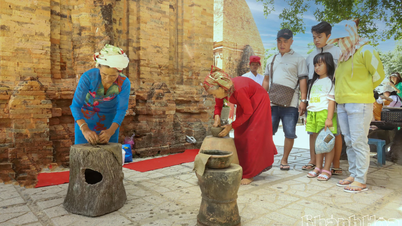











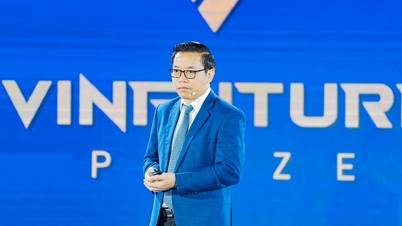

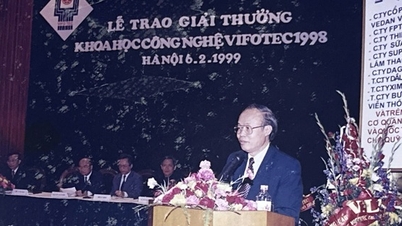

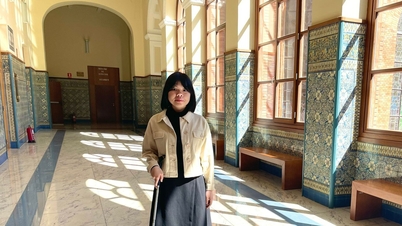
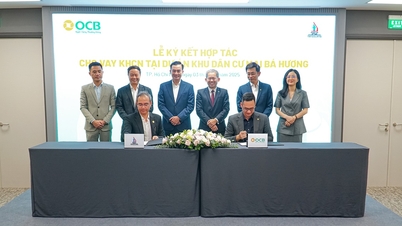

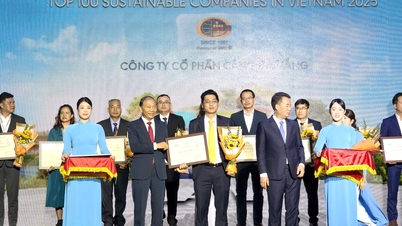
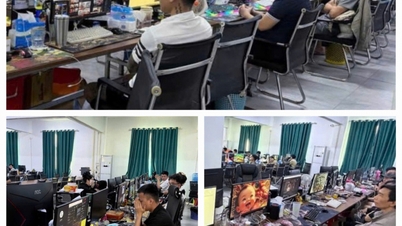
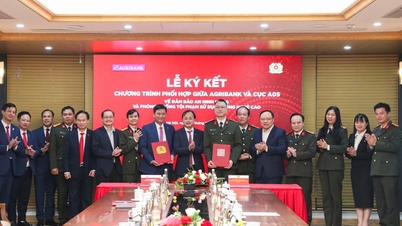


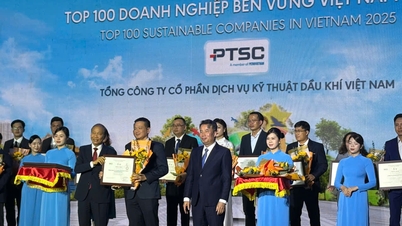









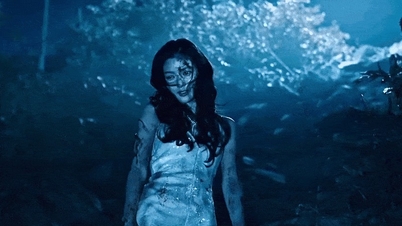


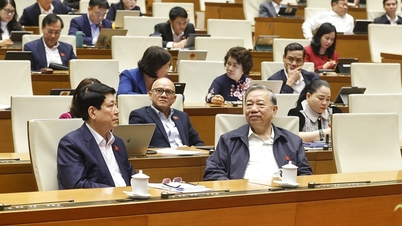
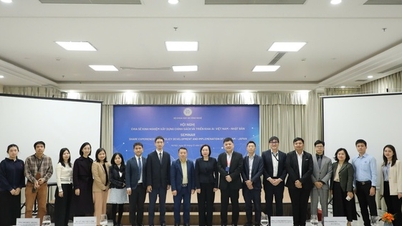


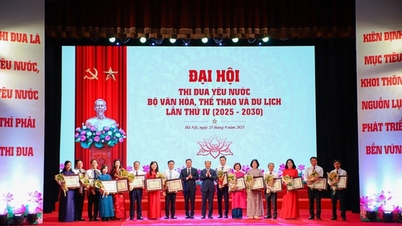

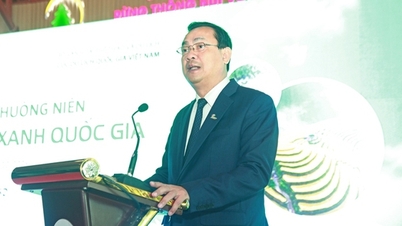
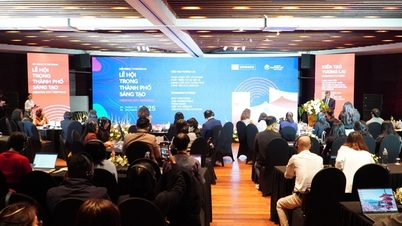
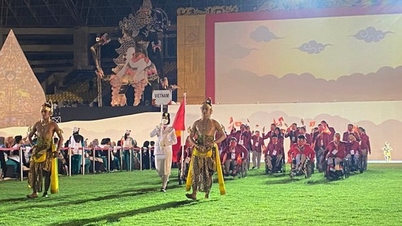
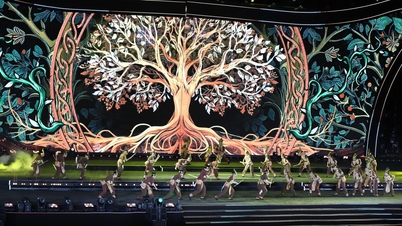

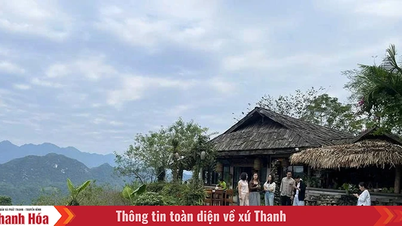

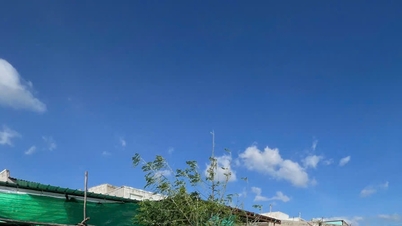
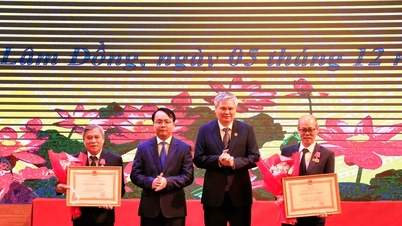
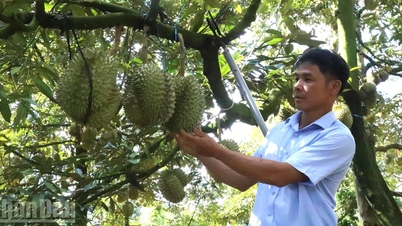
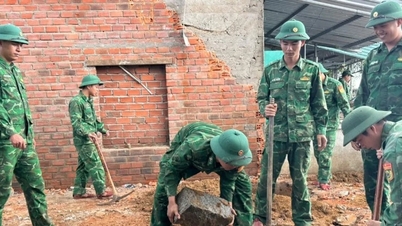

















Comment (0)